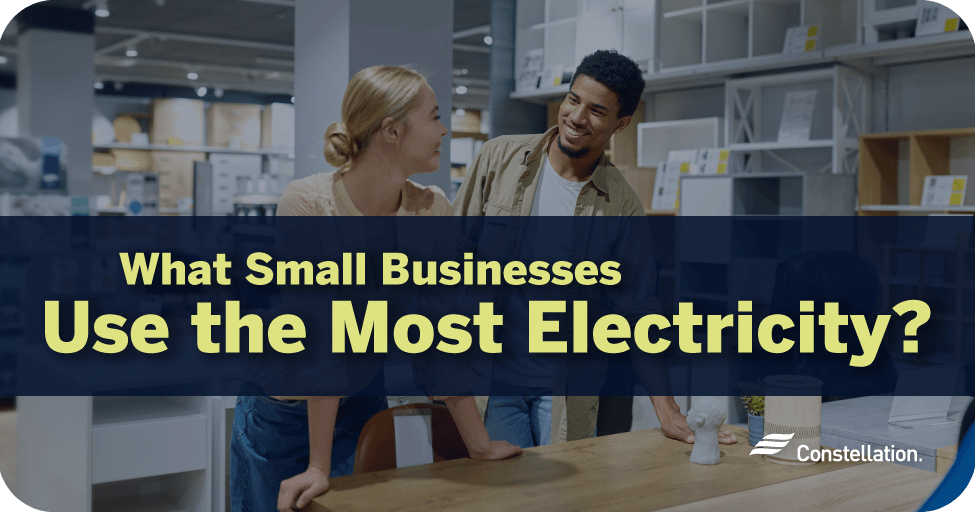
- Category:
Energy Efficiency -
Last updated:
November 23, 2021
How to Heat & Cool Your Attic More Energy-Efficiently
Improving your attic’s energy efficiency helps maintain a comfortable temperature in your home while saving you money on heating and cooling costs. Despite this, it’s easy to overlook the benefits of proper attic ventilation, radiant barriers and energy-efficient insulation. If you’re looking to reduce your energy use, check out these different ways to heat and cool your attic more energy efficiently.
Ways to keep an attic cool in the summer
- Install energy-efficient ventilation to improve air circulation in your attic.
- Use energy-efficient attic fans to regulate your home climate.
- Install radiant barriers in your attic to improve heating and cooling efficiency.
How to heat an attic in the winter
- Seal cracks to minimize air leaks in your attic.
- Upgrade to energy-efficient insulation.
- Extend ductwork from your central heating system.
More ways to improve the energy efficiency of your attic
Ways to keep an attic cool in the summer
The way your attic retains or releases heat can affect your entire house. So, by implementing a simple set of solutions, you can help make your whole home more energy efficient.
For example, energy-efficient insulation is an important consideration. But this is just one of the many ways to resolve attic cooling issues. Depending on your geographic location, the size of your attic and the pitch of your attic roof, several solutions may be required.
1. Install energy-efficient ventilation to improve air circulation in your attic.
Venting an attic provides an escape route for hot air that rises to your attic in the summer. Hot air trapped in the attic can heat roof shingles from below, increasing the risk of roof damage. It can also cause moisture to accumulate over time, resulting in mold or mildew.
Proper ventilation is also important in the winter months, since a cold attic reduces the risk of rising heat melting snow on the roof. Melted roof snow often refreezes in gutter systems, causing ice dams that can damage roofs and lead to interior water damage.
Why should you have attic ventilation?
Venting your attic helps maintain an appropriate and consistent temperature inside your attic, as well as throughout the rest of your home. However, ventilation alone may not be able to keep an attic cool in the summer. Your best bet is to combine air circulation with an attic fan to help reduce your cooling costs.
When installing ventilation, avoid blocking vents with insulation, which prevents airflow. Another common mistake occurs if your home’s exhaust system accidentally pulls HVAC-conditioned air into the attic. Proper HVAC installation by a licensed professional can help prevent this issue.
2. Use energy-efficient attic fans to regulate your home climate.
Attic ventilation fans are a type of attic fan that pushes hot air outside while pulling in cooler air from soffit and gable vents. They differ from whole-house fans, which are attic-installed fans intended to cool the entire home rather than simply maintain proper attic temperature.
Attic fans are a good option for regulating your home’s temperature. But the type of fan you install can impact your attic’s energy-efficiency depending on how well-insulated your home is, as well as the climate in which you live.
3. Install radiant barriers in your attic to improve cooling efficiency.
Installing a radiant barrier in your attic helps prevent the electromagnetic transfer of heat. Made of a highly reflective material mounted on one or both sides of a substrate, attic radiant barriers maintain proper attic temperature by reflecting radiant light back the way it came.
For best results, install your radiant barrier perpendicular to incoming radiant heat, as radiant heat travels in straight lines.

Are attic radiant barriers worth it?
Attic radiant barriers are worth it, especially in hot climates, where they can reduce cooling costs by 5 to 10 percent. However, the ideal radiant barrier placement will depend on your local climate.
For warmer climates, radiant barriers should be draped from the attic ceiling or installed between the roof beams. In cooler climates, radiant barriers are best installed on the floor of the attic so they can redirect radiant heat from the home back into your living spaces.

How to heat an attic in the winter
How well your attic retains and releases heat affects your entire house. For example, in the winter, your attic may suck heat from the rest of your home and force your heating system to work overtime. That’s why it’s important to perform regular maintenance and invest in upgrades that will help you heat your attic in the most energy-efficient way.
1. Seal cracks to minimize air leaks in your attic.
Attic air leaks are cracks, holes or other weak points where air can enter or exit the home. Left unfixed, attic air leaks can allow heated air to escape during the winter, forcing your HVAC to work harder and wasting energy in your home. Attic leaks can also provide starting points for serious water damage. Sealing the cracks and leaks in your home and attic is one of the best ways to take control of your energy bill.
2. Upgrade to energy-efficient insulation.
Insulation helps prevent heat loss in a home by acting as a barrier to temperature extremes. Most often found in attics, basements, walls, floors and ceilings, insulation can save up to 20 percent on a home’s heating and cooling costs. This makes attic insulation one of the most effective ways to improve the energy efficiency of your attic and the rest of your home.
3. Extend ductwork from your central heating system.
Another energy-efficient way to heat your attic in the winter is by extending the ductwork from your central heating system into your attic. Installing the additional vents and ductwork will likely require help from a professional, but if you use your attic space often, the improved comfort and energy savings will surely pay off.
More ways to improve the energy efficiency of your attic
In addition to ventilation, energy-efficient attic fans and radiant barriers, a number of other methods exist to save energy at home.
- Shade landscaping. Strategically planting shade landscaping around your home can cut down on your heating and cooling costs.
- Ductwork cleaning. Dirt and debris in your HVAC’s ductwork force the system to work harder while also reducing air quality. Find out how ductwork cleaning can help reduce your energy costs.
- Energy-efficient roofing materials. Solar-reflecting shingles and other types of energy-efficient roofs help maintain a more comfortable temperature in your home.
- Cool roofing. Cool roofs absorb less heat and reflect more sunlight than traditional roofing materials.
- Energy-efficient windows and doors. By upgrading to energy-efficient windows and doors, you can improve your home’s insulation and reduce some of the strain on your HVAC system.
Attics are isolated areas of our homes that can be easy to forget about. However, they’re also extremely important factors when considering your home’s energy efficiency. Knowing how to maintain an ideal temperature in your attic helps to increase comfort, reduce energy expenses and prevent damage to your roof.




